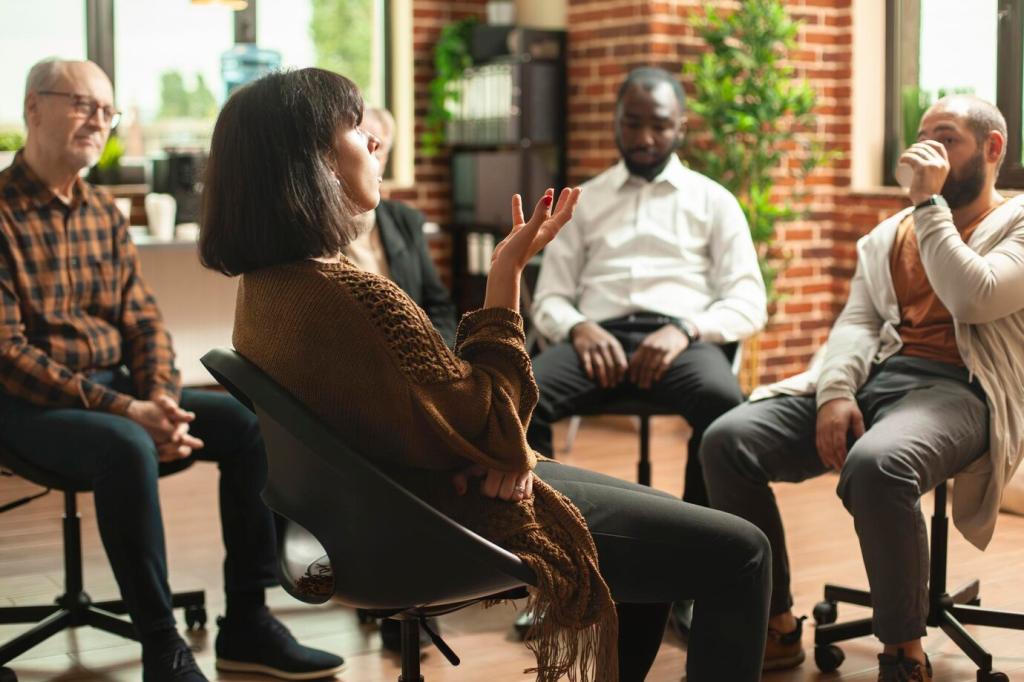Interpretation Excellence and Storycraft
Open with context, invite curiosity, then deepen with layered perspectives and personal reflection. Close with an action prompt, encouraging guests to support cultural initiatives beyond the tour itself.
Interpretation Excellence and Storycraft
A guide whispered a story during a quiet courtyard visit, mapping myths onto carvings while honoring sacred silence. Guests later wrote that the hush itself felt like part of the narrative.
Interpretation Excellence and Storycraft
What techniques make your interpretations memorable? Post your favorite prompts, sensory details, or reflection questions. Subscribe to get our quarterly guide to advanced narrative practice.




